Description
Foxboro FBM206 P0916CQ Pulse Input Module – Reliable pulse and totalizer input for I/A Series 200 Series systems
The Foxboro FBM206 P0916CQ is a pulse input module engineered for the I/A Series (200 Series) architecture, used to acquire pulse and frequency signals from field devices such as turbine flowmeters, proximity switches, slot encoders, and utility meters. One thing I appreciate is how it keeps signal conditioning on the module, so you typically get stable counting and frequency measurement without packing your panel with extra hardware. In many cases, it’s the straightforward drop-in choice when you need dependable totalizing and rate calculations inside a Foxboro DCS.
Company’s Order Placement Process and Guarantees
- Warranty: 365 days
- Delivery: 1 week for in‑stock items; no more than one month at the latest
- Payment terms: 50% advance payment; full payment prior to delivery
- Express options: FedEx, UPS, DHL
Key Features
- Purpose‑built pulse acquisition – Designed for counting and frequency measurement from flowmeters, encoders, and contact closures.
- Stable measurements – On‑board filtering and debounce (factory design) help reduce chatter from mechanical contacts in most cases.
- Multi‑channel design – Supports multiple independent pulse inputs, so one module can handle several meters or pickups on a skid or line.
- Electrical isolation – Typical FBM channel‑to‑bus isolation enhances robustness against ground noise and field disturbances.
- Seamless 200 Series integration – Plugs directly into the Foxboro 200 Series baseplate for quick commissioning and straightforward spares strategy.
- Compact footprint – Standard FBM form factor saves space and simplifies cabinet layouts.
- Serviceability – From my experience, technicians value the predictable diagnostics and the clean removal/insert process on the baseplate.
Technical Specifications
| Brand / Model | Foxboro FBM206 P0916CQ (Pulse Input Module) |
| HS Code | 8538.90.00 (Parts for industrial control apparatus) |
| System Platform | Foxboro I/A Series (200 Series baseplate) |
| Power Requirements | Supplied via 200 Series baseplate; 24 VDC nominal; module consumption typically < 7 W |
| Signal Input Types | Pulse/count and frequency inputs; compatible with dry contact and open‑collector signals (TTL‑level support is common in many installations) |
| Communication Interface | 200 Series fieldbus/backplane interface to Foxboro control processors |
| Installation Method | Plug‑in module; mounts to 200 Series baseplate on DIN‑rail or panel carrier |
| Operating Temperature | 0 to 60 °C (typical for FBM‑series modules) |
| Dimensions & Weight | Standard 200 Series FBM footprint, approx 140 mm (H) × 54 mm (W) × 127 mm (D); approx 0.5–0.7 kg |
Application Fields
- Flow measurement: turbine and positive‑displacement meters for oil, gas, chemicals, and water utilities.
- Machine speed and rate: encoder pulses on conveyors, extruders, and rotating equipment.
- Batch totalizing and custody transfer support where reliable counting is essential.
- Energy and utility metering: steam, condensate, electricity (via pulse outputs), chilled water.
“We swapped in an FBM206 for a retrofit on our flow racks—commissioning was quick, and the rate calculations settled down right away.” – Maintenance Supervisor, petrochemical plant
Advantages & Value
- Reliability – Proven FBM hardware platform that typically runs for years with minimal intervention.
- Compatibility – Works within the Foxboro I/A Series environment, avoiding re‑engineering of existing strategies.
- Cost efficiency – Multi‑channel inputs help reduce module count, cabinet space, and wiring terminations.
- Lifecycle support – Easy spares management and straightforward replacement procedures to limit downtime.
- Engineering simplicity – You might notice faster commissioning because scaling and filtering are handled where the signal enters the system.
Installation & Maintenance
- Cabinet and baseplate – Install on a Foxboro 200 Series baseplate within a clean, ventilated enclosure. Maintain adequate spacing for airflow and cable bend radius.
- Grounding and shielding – Use shielded twisted pairs for low‑level pulse signals; terminate shields at one end to avoid loops. Ensure the baseplate and panel ground are bonded.
- Wiring practices – Route pulse inputs away from VFD and high‑current cables. Keep runs as short as practical to minimize noise pickup.
- Commissioning – Verify input type (dry contact, open collector, or TTL‑level) and apply debounce or filtering parameters as needed. Confirm counts against a known reference.
- Service safety – Follow ESD precautions. If performing live replacement, use Foxboro’s approved hot‑swap procedure; otherwise, de‑energize the baseplate.
- Routine checks – Periodically inspect terminals for looseness, clean dust from vents, and review diagnostics. Firmware updates should follow plant change control policies.
- Calibration/verification – While digital counting doesn’t drift, it helps to verify scaling and totalizer rollover settings during shutdowns, especially on custody‑related points.
Quality & Certifications
- CE compliant (EMC and Low Voltage directives for industrial environments, typically)
- UL/cUL recognition for industrial control equipment
- Manufactured within an ISO 9001 quality system
- RoHS status may vary by date code; we supply original, brand‑new units unless stated otherwise
- Standard warranty: 365 days

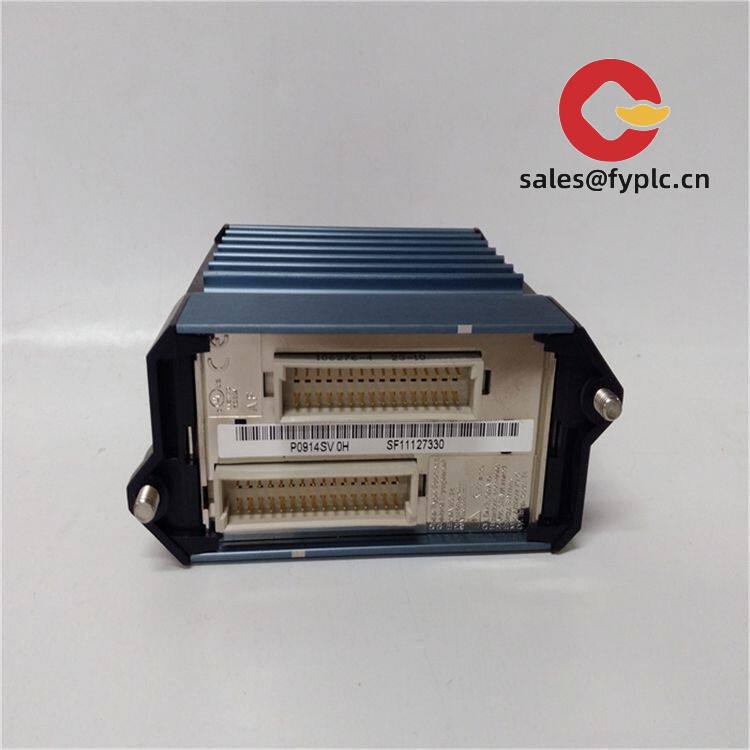

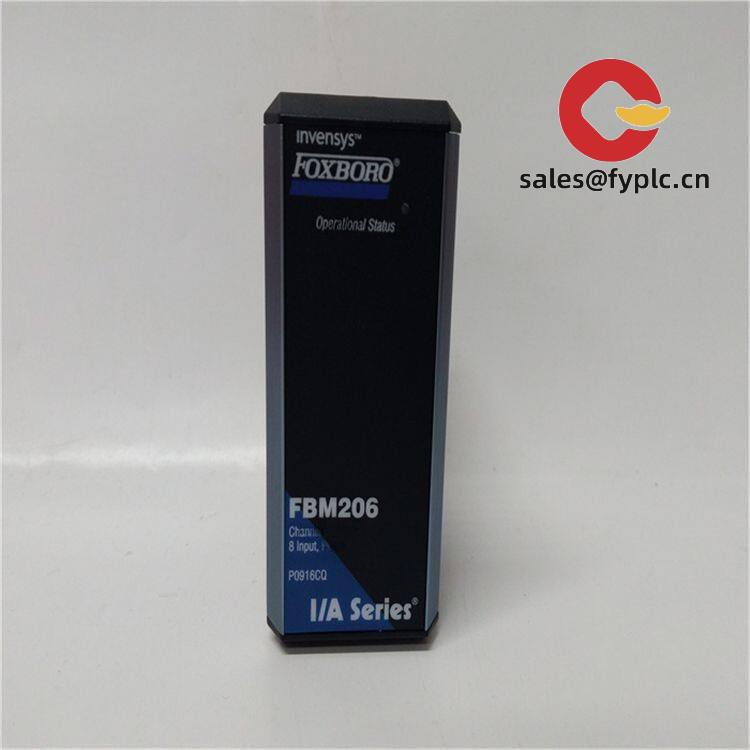


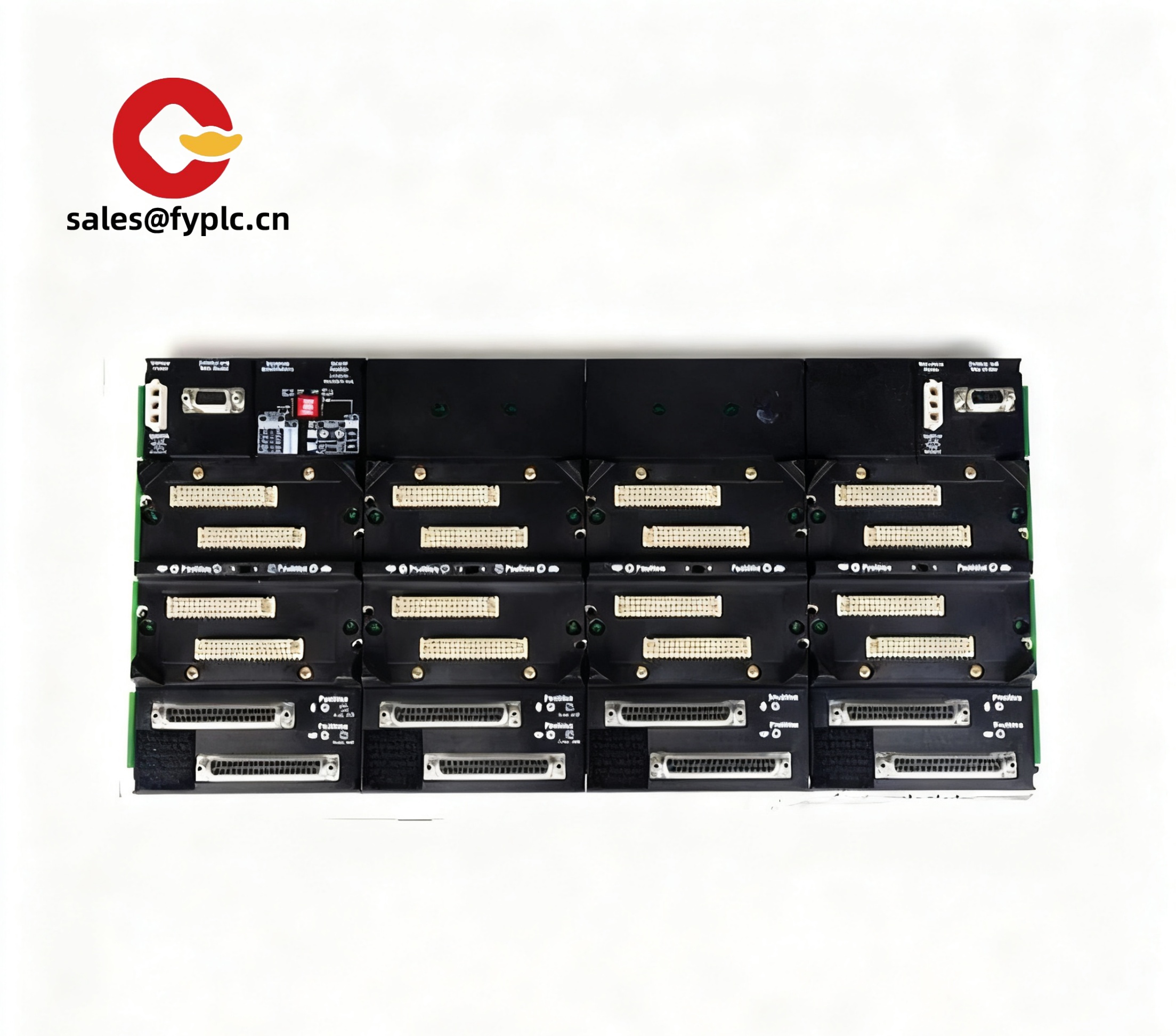
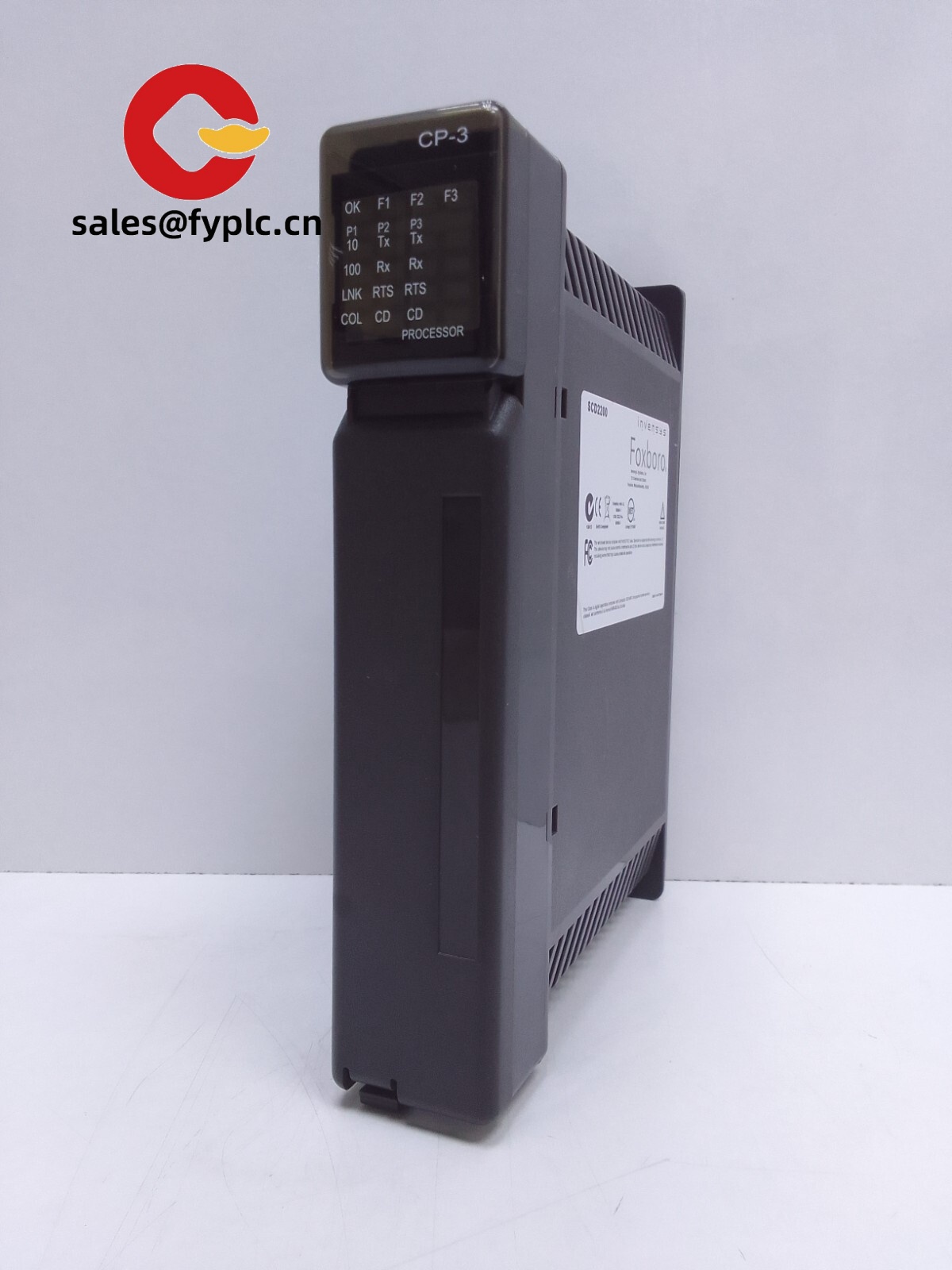
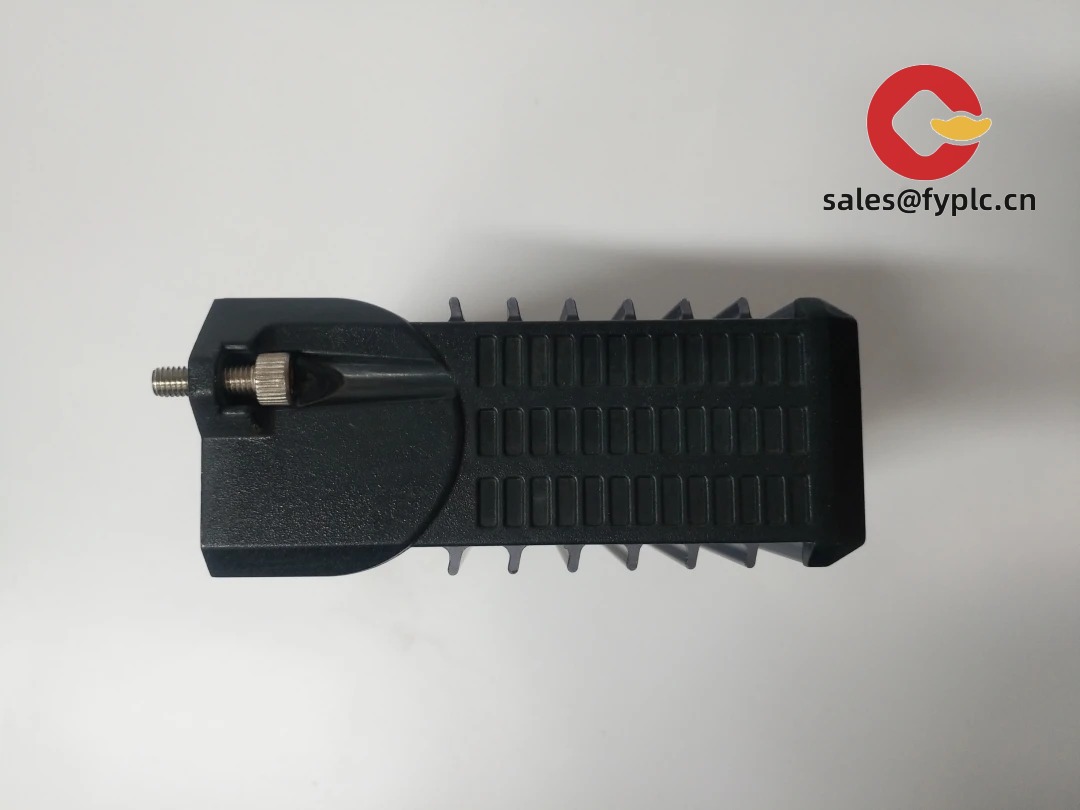


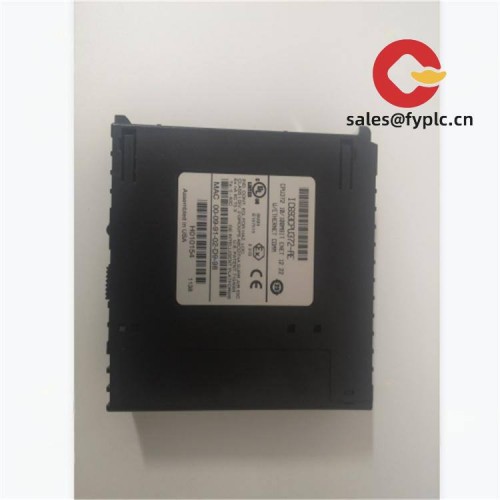
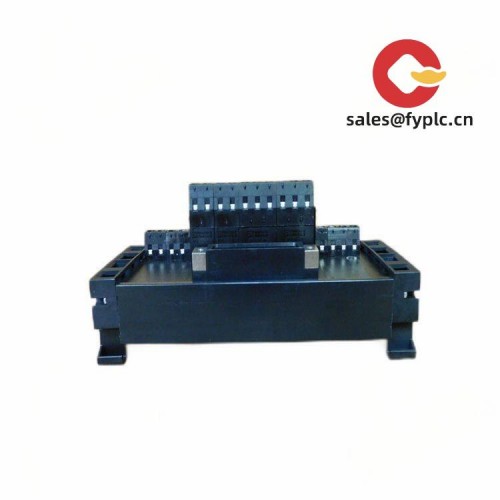
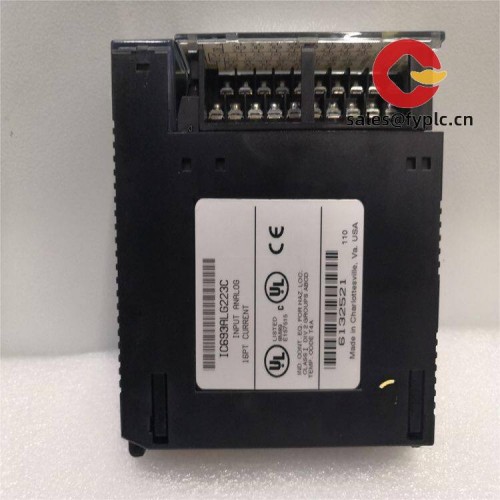


Reviews
There are no reviews yet.